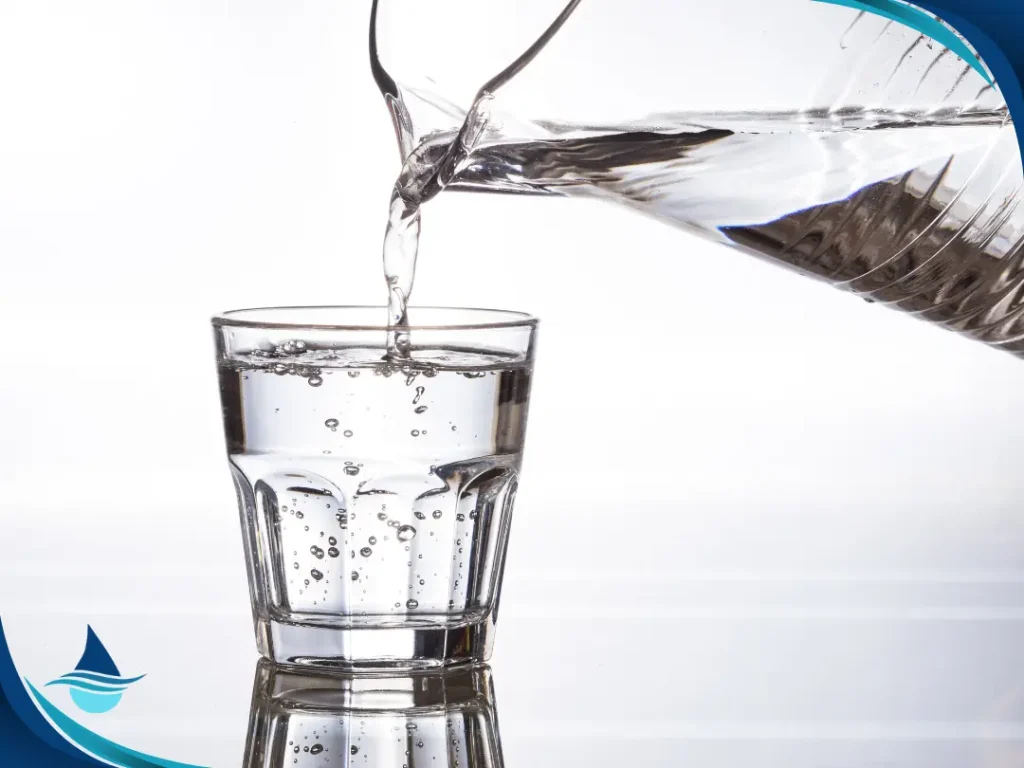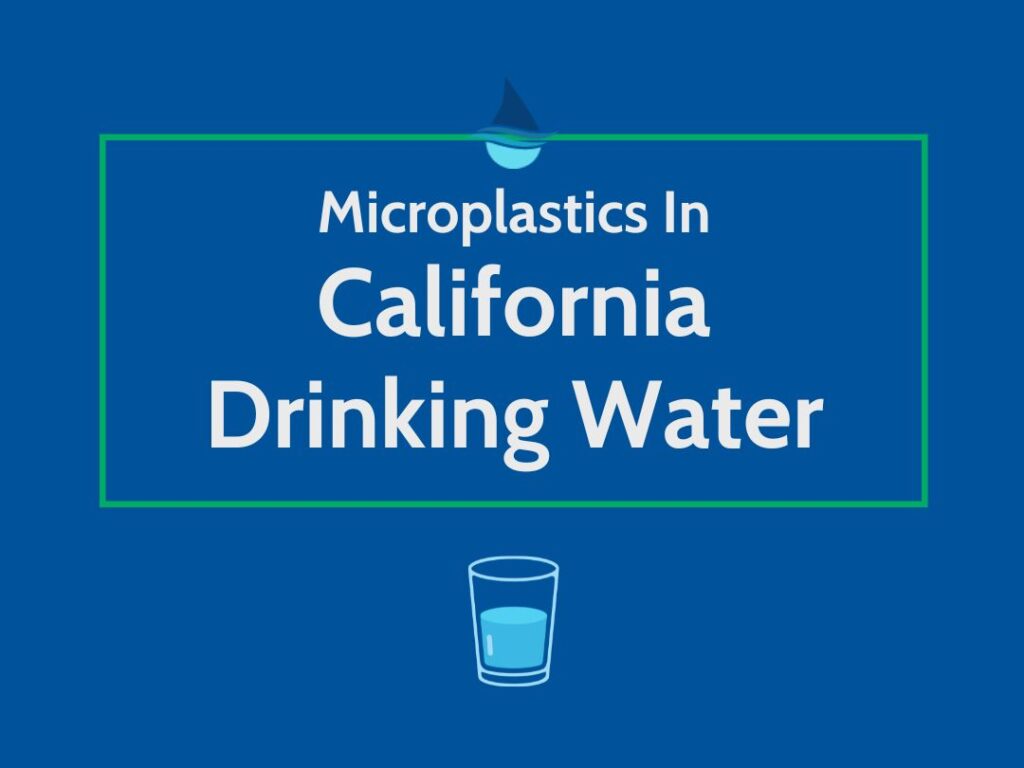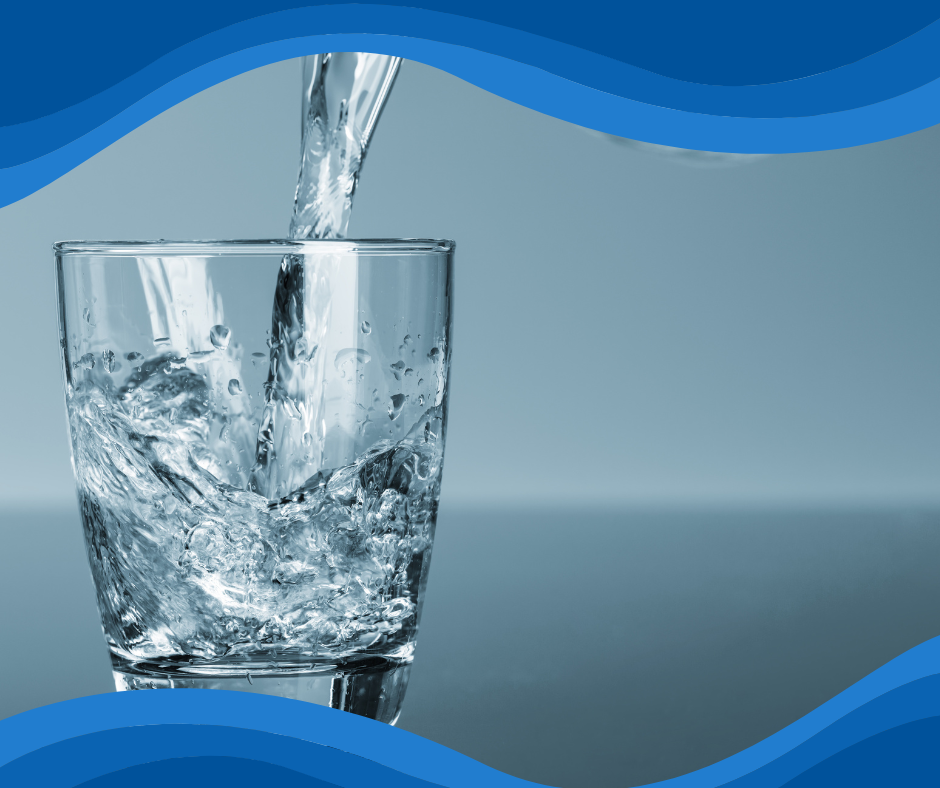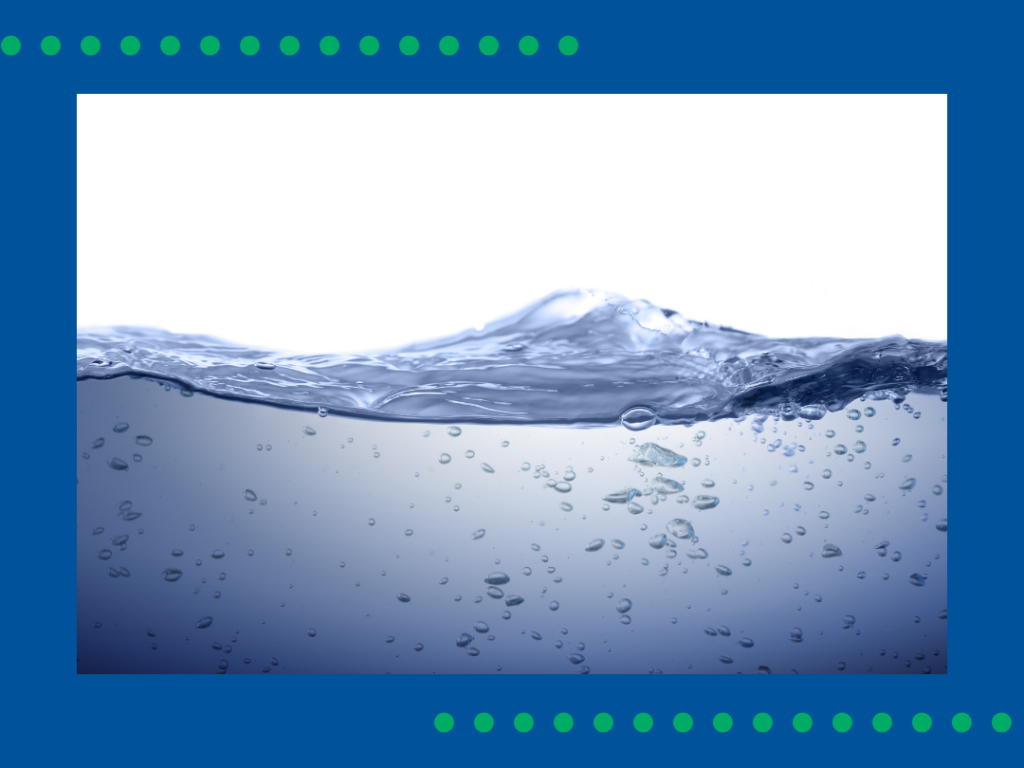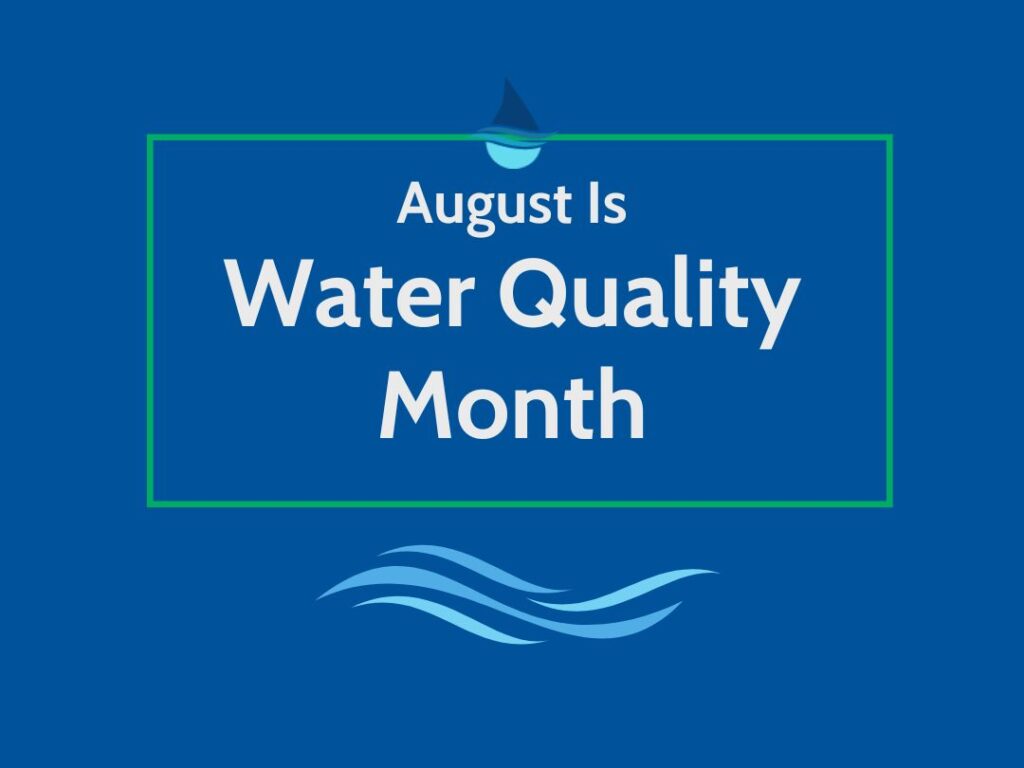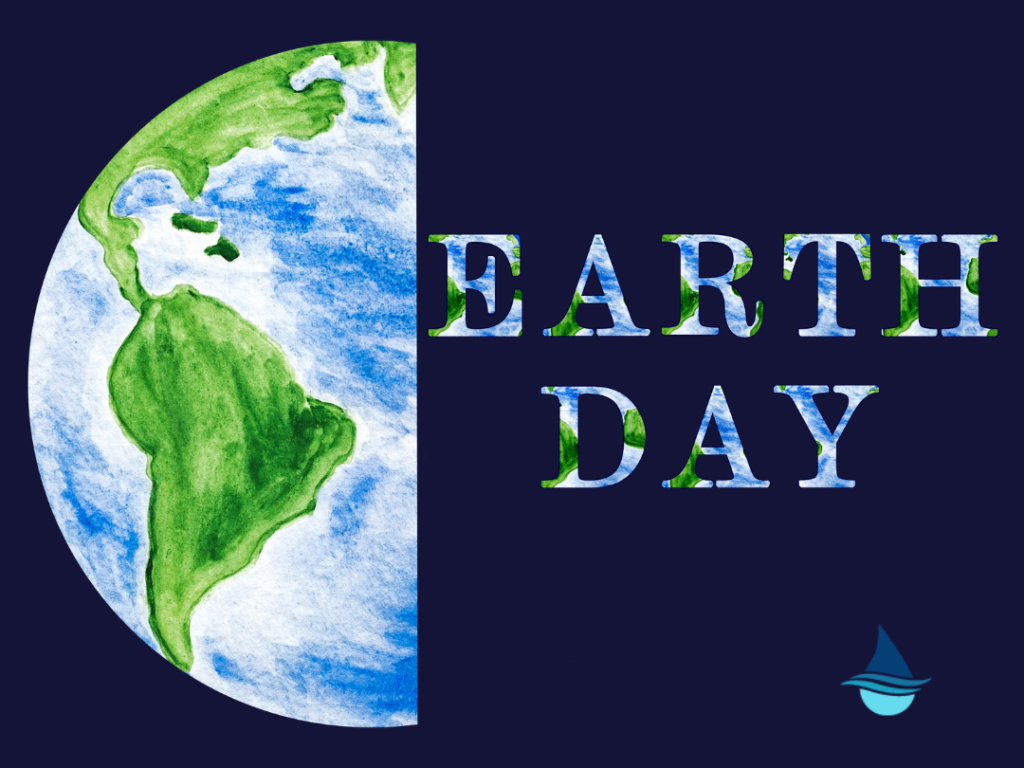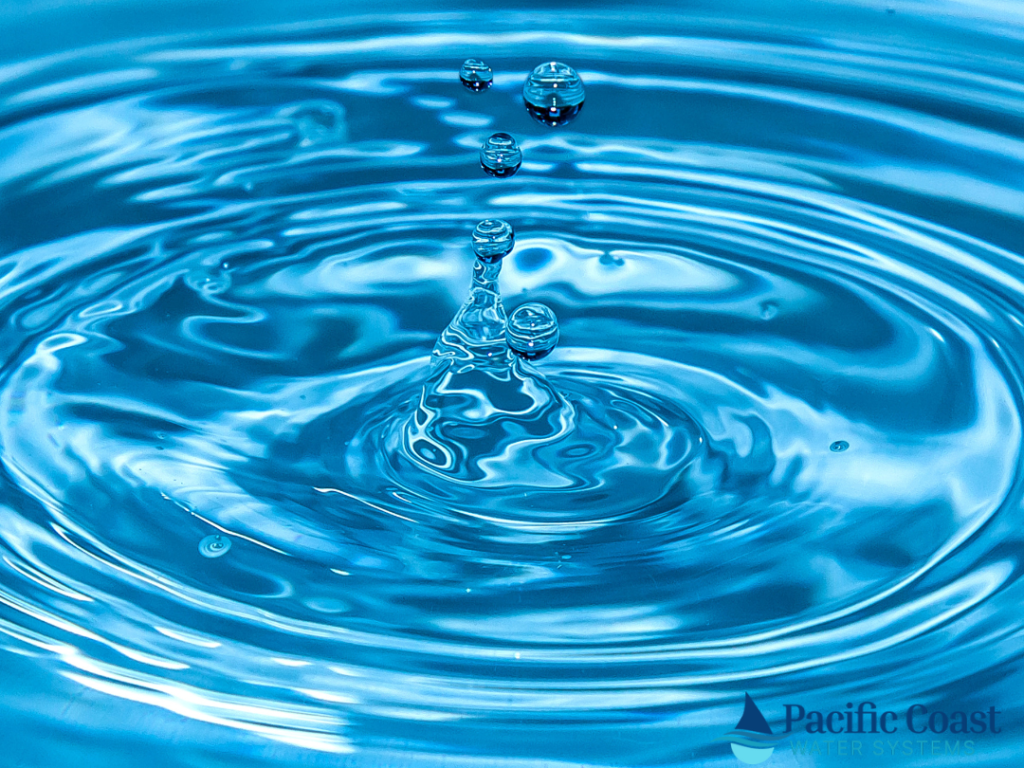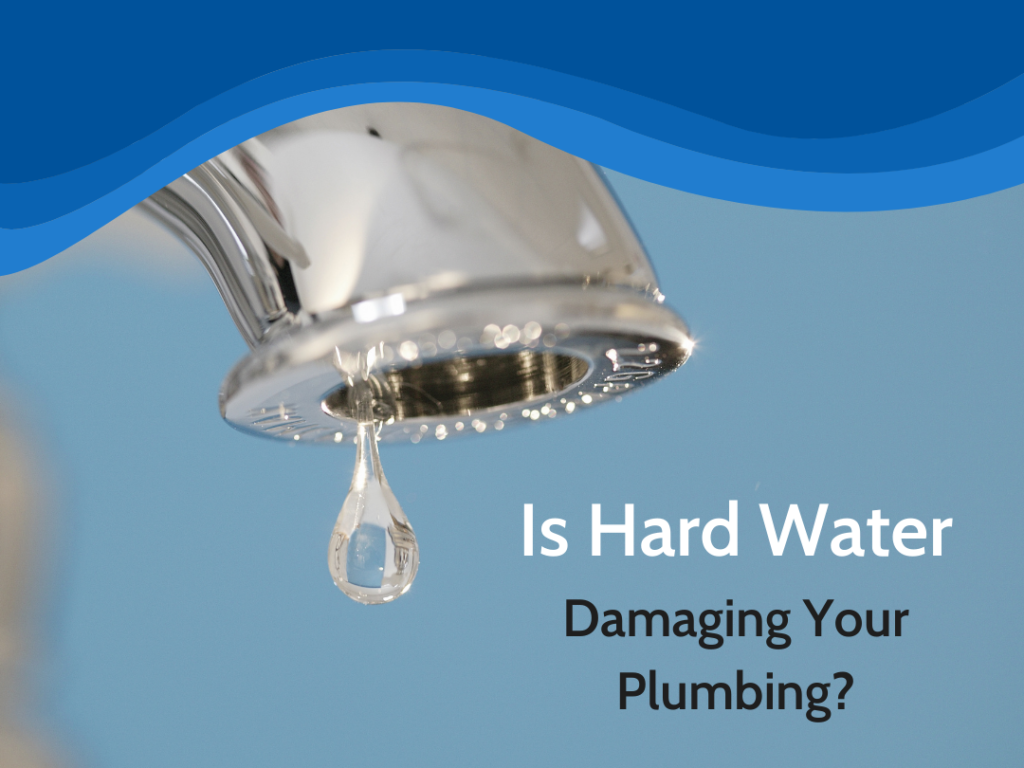How to Get Rid of Hard Water Smell

Normally, we hear hard water and think of the scale and buildup it causes on our showerheads, sinks, dishes and fixtures. However, have you been dealing with a certain smell coming from your tap water, too? Mold, chemicals, minerals, and other factors can leave an unpleasant odor in tap water but in many cases, hard water is to blame!
What does hard water smell like?
Hard water often has a unique smell, coming across as quite unpleasant actually. Hard water comes from bedrock that is made of sedimentary rocks like sandstone, limestone, and so on. Most commonly, you hear us talk about the minerals magnesium and calcium that cause water to be considered ‘hard’.
Based on what your water contains, the smell can vary. It usually has high iron content if you smell metal. If it smells like rotten eggs, the water probably has hydrogen sulfide gas or magnesium reacting with bacteria to form sulfates. And that smell, you’ll know!
Hard water can also sometimes smell and taste like dirt. This can be due to old pipes, algae, sediment in your tap water or even soil. There are many factors and variables here.
Can clothing start to smell because of hard water, too?
You may notice that your clothing has a weird smell over time. While this isn’t the hard water itself, it is because washing your clothes is difficult. You see, hard water minerals clog your fabrics and also build up inside the washer over time. This makes it more difficult for water to pass through the machine, so it ends up with soap buildup – and grime and dirt collect in the drum and seal rubber. Washing with baking soda or vinegar usually helps.
How can you eliminate hard water smell?
Our water treatment company has many options for helping you to treat hard water and also improve the quality of your drinking water. Hard water is one of the most popular issues our customers come with – so we have many soft water solutions for you!
A water softener will remove minerals through an ion exchange process. With an in-home softener for lease or purchase, or soft water delivery, you’ll have access to softened water when and where you need it.
When you choose the right water softener for your home, you’ll enjoy water that tastes AND smells better. Simply give us a call today to learn more from our water treatment experts!


